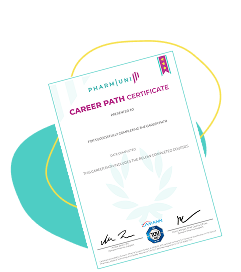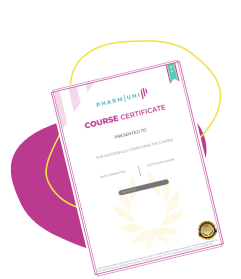USP General Chapter 797
Definition
USP General Chapter 797, published by the United States Pharmacopeia (USP), outlines enforceable standards for sterile compounding practices in healthcare settings. Its primary goal is to ensure the preparation of compounded sterile products (CSPs) is done in a manner that protects patients from harm due to microbial contamination, excessive bacterial endotoxins, variability in strength, unintended chemical and physical contaminants, and ingredients of inappropriate quality.
This chapter applies to all persons who prepare CSPs and all places where CSPs are prepared, including pharmacies, hospitals, clinics, and other healthcare institutions.
Detailed Explanation
Purpose and Importance
The primary objective of USP General Chapter 797 is to minimize the risks associated with sterile compounding. This includes the prevention of contamination and ensuring the sterility, accuracy, and safety of compounded medications. The chapter is a critical regulatory and quality standard that affects pharmacists, pharmacy technicians, and other healthcare professionals involved in compounding sterile preparations.
By adhering to USP 797, healthcare providers ensure that patients receive medications that are not only effective but also safe from contaminants that could cause serious infections or other adverse effects.
Scope and Applicability
USP 797 applies to all healthcare personnel who prepare, store, and transport sterile compounded medications. This includes a broad range of facilities such as:
- Hospital pharmacies
- Outpatient clinics
- Compounding pharmacies
- Physician offices
- Veterinary clinics
The chapter covers a wide range of sterile preparations, including:
- Injectables
- Ophthalmic solutions
- Irrigation solutions
- Inhalation therapies
Key Requirements of USP 797
The chapter includes detailed requirements in the following areas:
- Facility Design and Environmental Controls: Cleanroom design, air quality standards (ISO classifications), and proper HVAC systems.
- Personnel Training and Garbing: Mandatory training, competency testing, and proper gowning procedures to reduce contamination risk.
- Cleaning and Disinfection: Routine cleaning protocols for work surfaces, equipment, and cleanroom environments.
- Microbial Contamination Risk Levels: Classification of CSPs into low, medium, or high risk, with corresponding handling and storage requirements.
- Beyond-Use Dating (BUD): Determination of expiration dates based on risk level and sterility testing.
- Documentation and Quality Assurance: Record-keeping, incident reporting, and quality control measures.
Examples of Use
USP 797 is applicable in scenarios such as:
- A hospital pharmacy preparing intravenous antibiotics for inpatient use.
- A compounding pharmacy creating eye drops for a specific patient prescription.
- A clinic preparing chemotherapy drugs for administration in an outpatient setting.
Updates and Revisions
USP 797 is periodically updated to reflect new scientific knowledge and industry best practices. The most recent major revision was published in November 2022 and went into effect in November 2023. Key updates included:
- Revised microbial risk stratification
- Clarified beyond-use dates (BUDs)
- Updated cleanroom requirements
- Enhanced personnel training and competency evaluation
These updates were designed to improve clarity, harmonize practices across facilities, and further safeguard patient health.
Relation to Other USP Chapters
USP 797 works in conjunction with other USP chapters, including:
- USP <795> – Nonsterile Compounding
- USP <800> – Handling Hazardous Drugs in Healthcare Settings
- USP <825> – Radiopharmaceuticals – Preparation, Compounding, Dispensing, and Repackaging
Together, these chapters form a comprehensive framework for compounding practices in the United States.



